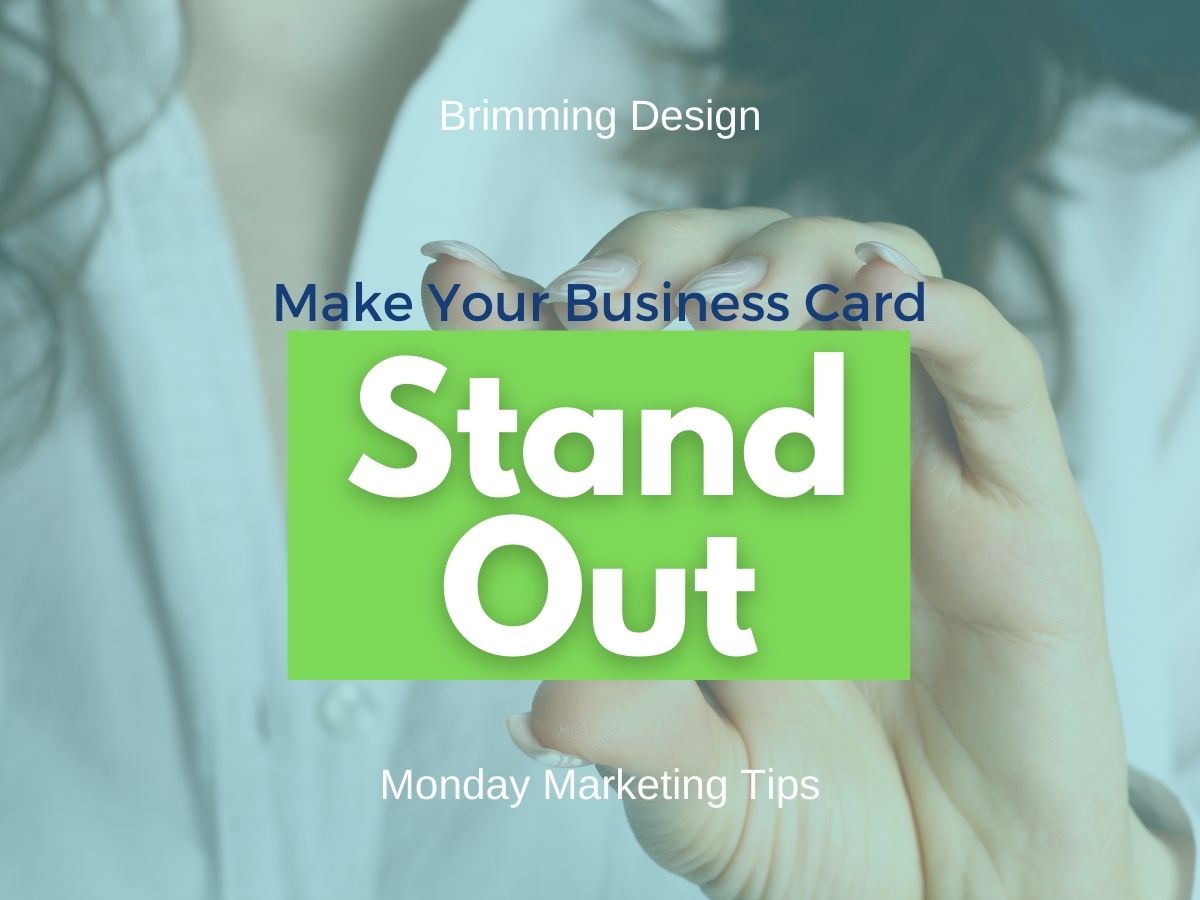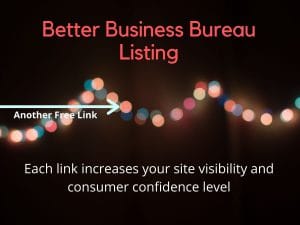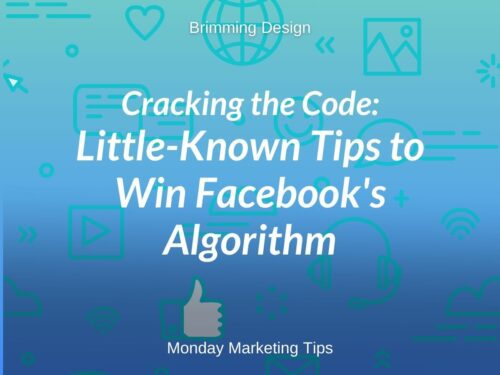As the world slowly returns to in-person networking, you’ll again need that little card you can leave behind to keep working for you.
Q: What should it include?
A: Whatever it needs to meet the needs of its purpose.
What is your business card’s purpose?
Some cards simply provide contact information and establish your brand. But, don’t stop there! Can your card become a tool for selling? Recruiting? A map to the next step? Do you want the reader, for example, to go to your website and get your free downloadable booklet? Think of your card as an advertisement. You have minimal space, so choose a single purpose to target.
What to include?
The first rule of thumb: Don’t include everything! If your card looks cluttered, it loses focus. Only print what you need to reach your goal. Leave out extra phone numbers, fax lines, and/or street addresses. Don’t include anything that is used infrequently. Cherry-pick the best methods of contact rather than having them all.
Do I need my social media accounts?
Yes, social media is important. Hopefully, with only small social media icons, the potential customer can find your account without sacrificing space to include your account names. Don’t include social media if the accounts are not updated regularly.
Don’t include your website homepage?
You need your website included, but what page is the best starting place? Your home page may not be the best choice. Consider sending them to a more specific page that would be a better place to begin a conversion, such as a special offer page, product page, or email-signup-for-a-freebie page.
Be Visual
The card should reflect your personality and draw them in to want more. Make sure you include images that spark conversation. This could include products or case studies. The call to action (what you want them to do next) should be very clear.
Want more? Check out this article for more ideas. You may also want to five low cost marketing essentials.




